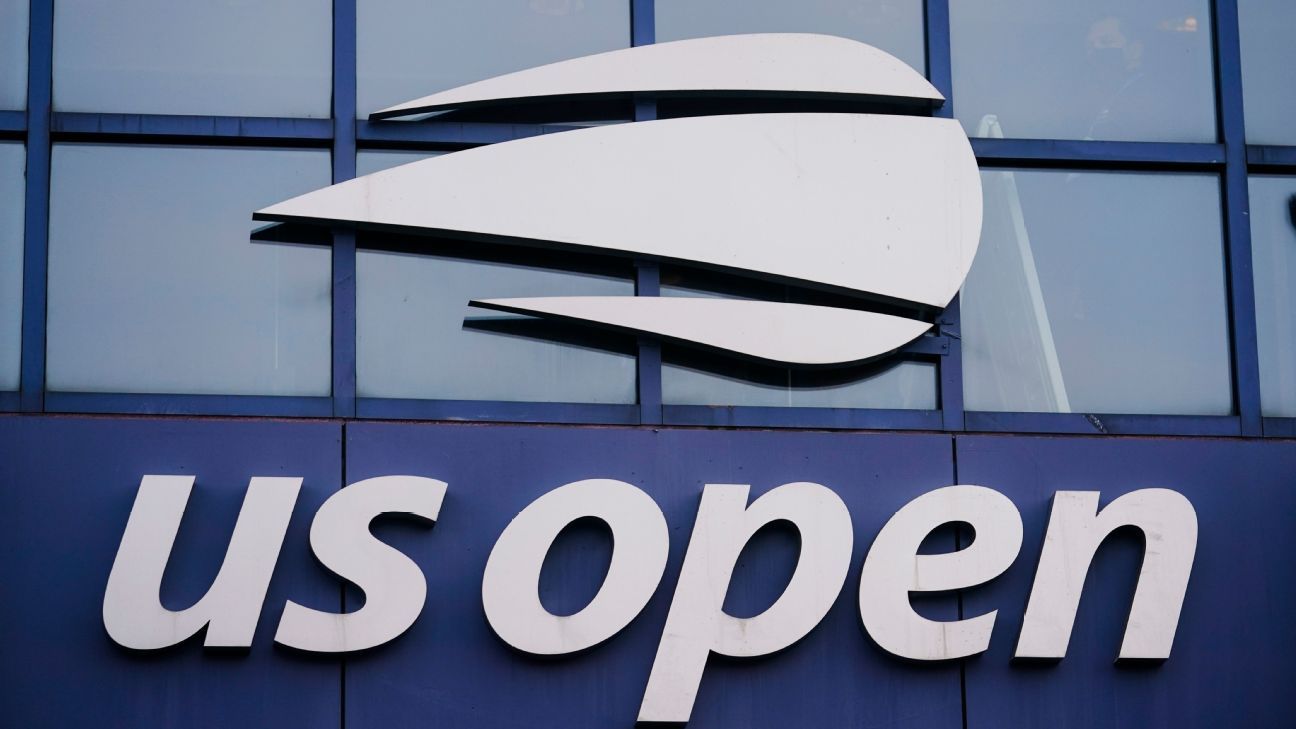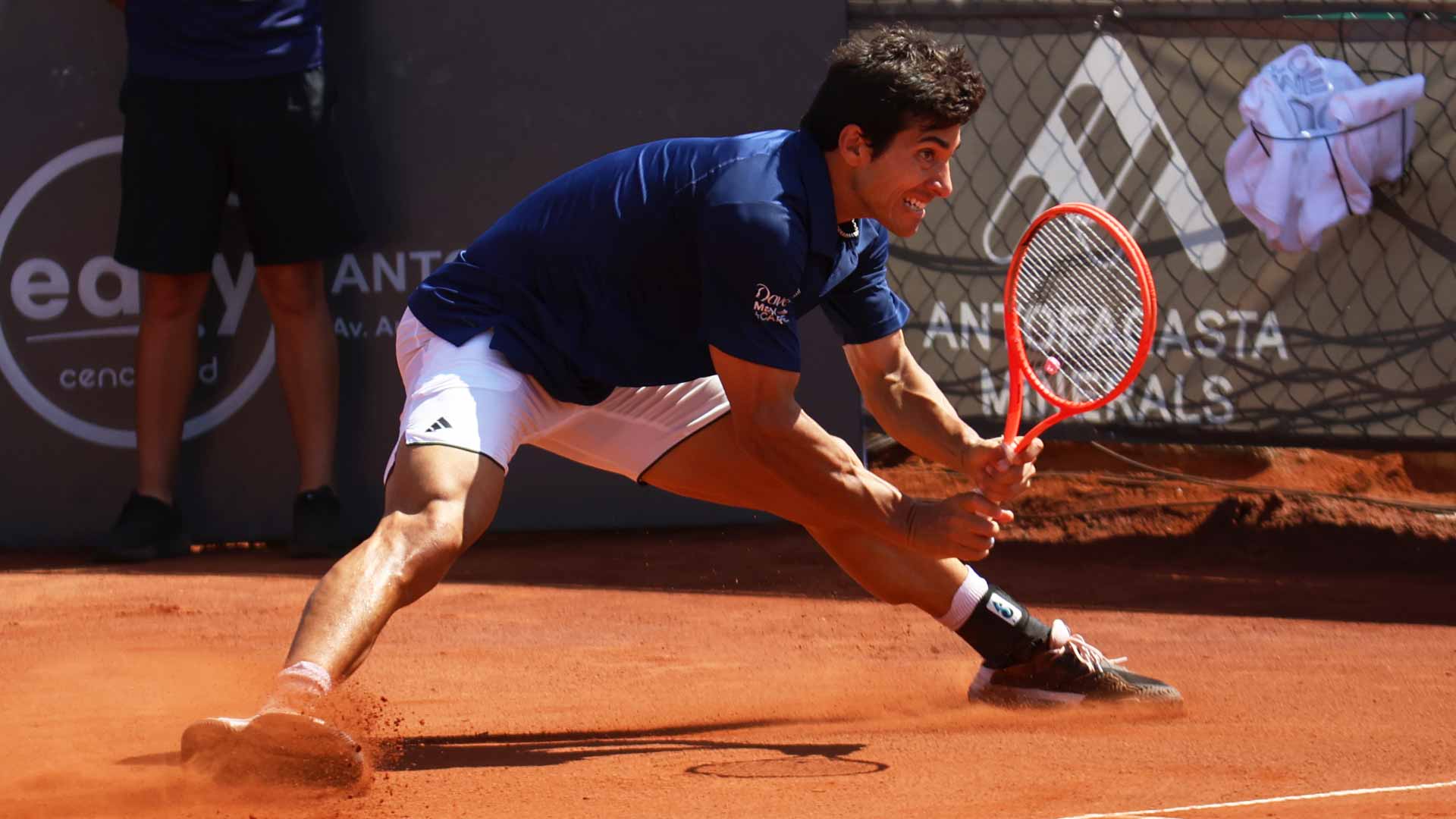Butorac assumes US Open directorial helm
With Flushing Meadows' hard courts cooling for winter, former doubles specialist Eric Butorac steps into the tournament director role, channeling a lifetime of net rushes and advocacy into steering New York's electric Grand Slam.

In the fading light of a New York autumn, where the echoes of baseline grinds and net cord lets linger over dormant courts, the US Open signals a leadership transition. Eric Butorac, whose career bridged the intensity of doubles partnerships and the boardroom battles of player representation, now guides the event's relentless pace. His appointment bridges the gap between the sweat-soaked volleys of competition and the strategic orchestration of a global spectacle, promising a steady hand on the tournament's evolving pulse.
From doubles intensity to administrative command
Butorac's 14-year professional journey etched him into the ATP doubles ranks, where he peaked at No. 20 and contested the 2014 Australian Open final with tactical poaches and crosscourt lobs that disrupted even the steeliest defenses. Those matches, demanding split-second synergy on fast hard courts, cultivated an instinct for the psychological undercurrents of high-stakes play—the recovery from a dropped service game or the momentum shift after an inside-out forehand. He later channeled that acumen as ATP player council president, voicing the circuit's hidden strains like the grind of surface transitions from clay's slide to hard's bite.
Since joining the USTA in 2016 as senior director of player relations and business development, he has layered those insights into operational finesse, directing the 2022 Cincinnati Open amid its humid baseline duels and one–two serve patterns. This year, he oversaw the mixed doubles event, injecting fresh drama into late-night sessions with underspin approaches and down-the-line winners that captivated packed stands.
This is, in many ways, a dream come true and the culmination of my life and career in tennis.
Handover amid trailblazing legacy
Stacey Allaster, who pioneered as the first woman tournament director in 2020 after helming the WTA as chairman and CEO, departs having infused the 1881-founded major with a broader vision of the game's tactical evolutions—from women's aggressive returns to the mental fortitude required in third-set tiebreaks. She joined the USTA in 2016 and will continue as chief executive of professional tennis through May before moving to an advisory capacity, ensuring a smooth relay of the event's global ambitions. Brian Vahaly, USTA interim co-CEO, highlights Butorac's pivotal enhancements to the player and fan experience, underscoring his fervor for the sport's core rhythms.
Under Allaster's tenure, the US Open amplified its atmosphere, from the crowd's surge after a sliced backhand pass to the jet-lagged tension of opening-round qualifiers, setting a benchmark that the incoming director inherits with his own grounded perspective.
Steering toward innovative horizons
As players embark on winter regimens, recalibrating strokes for the Australian hard-court swing, Butorac's doubles-honed leadership eyes refinements that honor the tournament's intensity while easing its human toll—the packed schedules that test endurance or the fan immersion that turns Arthur Ashe into a cauldron of anticipation. His background equips him to spotlight nuanced patterns, like the setup of a serve with underspin followed by a net rush, fostering an environment where upsets brew from mental resets and tactical pivots. With Flushing Meadows poised for summer revival, this shift promises a US Open that pulses with continuity and bold adaptation, keeping the drama of every point's geometry alive for generations of competitors and spectators.


